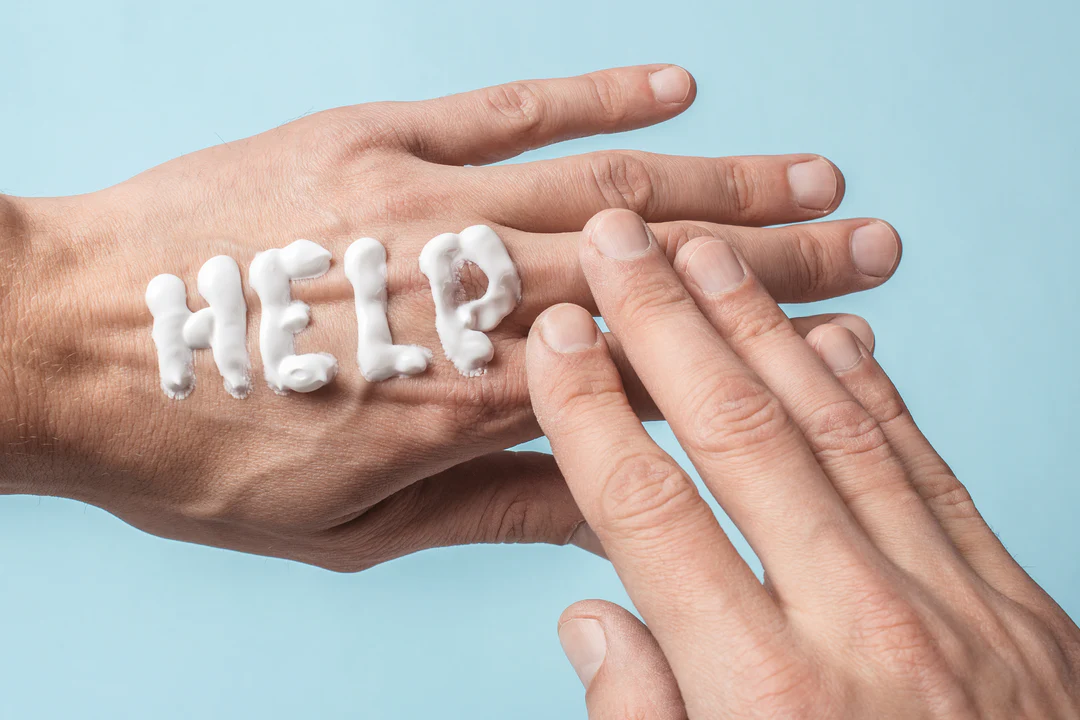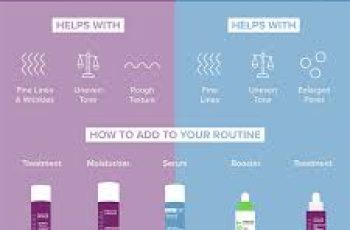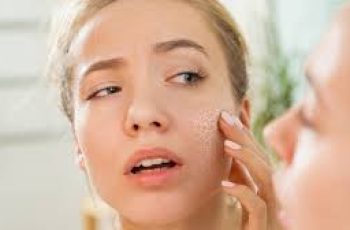
How to Get Rid of Milia
Have you noticed small white bumps appearing around your eyes and cheeks? They may look like whiteheads, but they are completely different. Although it can be confusing, there are a few ways you can determine exactly what you are dealing with and how to best care for your skin while safely getting rid of milia.
What is Milia?
Milia are small, white, cyst-like bumps that typically appear on the nose, cheeks, and under-eye area. When multiple milia cysts are present, they are called milia, and, as mentioned above, can look a bit like blemishes known as whiteheads. They appear small and round, but rarely cause discomfort. However, some people may find themselves becoming irritated, especially if they are frequently exposed to rough pillowcases or towels. You can get milia in a number of ways:
Blistering of the skin caused by skin conditions like epidermolysis bullosa
Exposure to irritating plants like poison ivy
Long-term use of steroid creams
Long-term sun damage
The aftermath of skin resurfacing procedures like microdermabrasion and laser resurfacing
Superficial burns and burn-related wounds
You may also notice that milia become more common as you age. This is because the skin loses its ability to naturally exfoliate and accumulates dead skin cells, dirt, bacteria, and impurities.
There are many different types of milia. For example, you may have heard of babies being born with “baby acne,” which is related to the mother’s hormones and usually goes away two to four weeks after birth. Other major types occur when the natural keratin present in the body becomes trapped and develops into cysts, and when there is damage to the skin’s surface, such as a burn or blister that clogs the pores.
How to get rid of milia on your face?
You will often find that milia go away on their own over time. However, if you want faster results, there are some habits you can practice at home to keep your skin clear.
Daily Cleansing – Use a gentle, non-foaming cleanser daily to cleanse away impurities that come into contact with your skin on a daily basis.
Gentle Exfoliation – Depending on your skin type, use an exfoliating toner with either AHA (e.g. glycolic acid) or BHA-salicylic acid to remove dead skin cells, excess sebum, and other forms of bacteria. Be careful not to over-exfoliate as this can irritate the skin and strip it of essential oils and moisture.
Daily Sun Protection: Wearing sunscreen daily will protect your skin from further damage from UV rays and other environmental influences.
Don’t Squeeze: As mentioned above, these look a bit like pimples, but it’s best not to squeeze or scratch them as this can lead to infection and scarring on the surface of the skin.
Avoid Heavy Products: Any product with a heavy cream or oil base will generally cause more greasiness. Switching to a lightweight gel product will keep your skin hydrated and avoid further redness.
Use a Mask: Using a clay mask two to three times a week can detoxify the skin and remove impurities that remain on the surface of the skin. By eliminating this barrier on the skin, the products you apply afterwards will be absorbed more effectively.
Peeling – Professional treatments such as peeling remove the outer surface of dead skin cells, leaving behind fresh, new, radiant skin with no signs of milia.
If you stick to this simple habit, you’ll find that your milia problems decrease and that you’re less likely to have further breakouts.
What causes milia under the eyes?
The causes of milia under the eyes are the same as those anywhere on the skin. If left alone, they too will go away over time, but if you need professional treatment, you can consult a dermatologist who will recommend one of the following options:
Decapitation – This is done using a sterile needle to carefully remove the milia.
Cryotherapy – Liquid nitrogen freezes the milia, which is a great option for the cheeks and nose, but isn’t usually recommended for the eye area.
Laser ablation – A small laser is used to open up the cyst and remove the keratin deposits within.
There are also some things you can try at home to prevent milia, such as:
Cleanse and moisturize your skin regularly to keep it hydrated and healthy. This allows new skin cells to reach the surface of the skin and loosen up the keratin beneath the surface of the milia.
Exfoliate and deeply nourish your skin with an eye serum enriched with vitamins E and A.
Use an eye mask enriched with hyaluronic acid two to three times a week to lock in moisture and keep your skin hydrated.
Here are some of the best professional treatments and skincare products to add to your daily routine that will help keep your eye area healthy and prevent milia from forming.
What happens if you express milia?
Unlike pimples and whiteheads, milia do not have an opening on the surface of the skin. Trying to squeeze and pop them does not have the same consequences as pimples, but can lead to redness, inflammation, and scarring of the skin. This causes them to stay on the surface much longer than if you let them go away on their own or use the recommended treatments and products I mentioned earlier.
Do milia go away?
Although milia are annoying, the cysts usually disappear over time. For babies, you can expect them to disappear within a few weeks, while for older children and adults, it may take several months. If you remember to keep your skin clean and nourished with a selection of nourishing and effective skincare formulas, you will be free of milia in no time. If after a few weeks you find that your milia are not responding to these suggestions and products, it is best to see a doctor or dermatologist to consider further professional skin treatment.
If you have any further questions about milia or other skin problems, don’t forget to find me on Procoal’s Instagram. Come join the skin chat.


